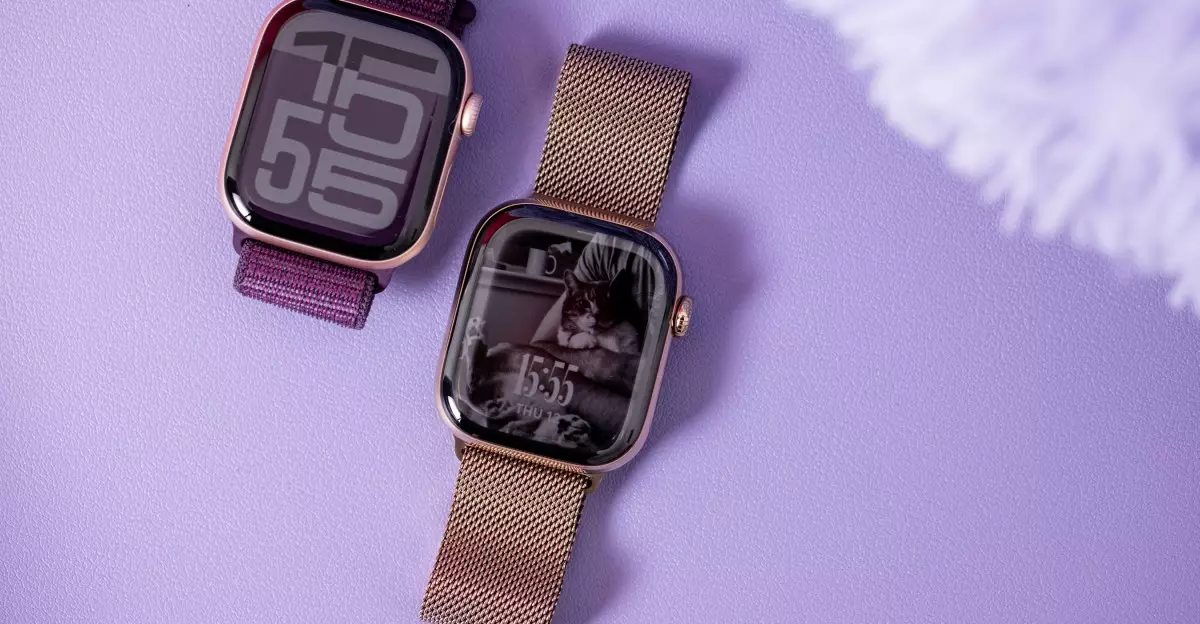In a move that promises to redefine personal technology, Apple is tentatively charting the course for a new generation of wearables equipped with sophisticated AI-driven capabilities. According to insider reports from Bloomberg’s Mark Gurman, the tech giant aims to integrate cameras into its Apple Watch lineup and AirPods by 2027. This groundbreaking feature is set to enhance interaction through Visual Intelligence, a concept initially introduced with the iPhone 16. While some may argue that this technology makes wearables more invasive, the potential for increased interactivity and user experience is immense and largely positive.
Integration of AI and Visual Intelligence
The integration of cameras in the Apple Watch embodies a significant evolution from merely tracking health metrics to a more immersive experience. With the capability to perceive the environment, these wearables will not only respond to user commands but actively gather contextual information, suggesting appointments from event flyers or even offering instant insights about nearby restaurants. Critics might question the need for such features, suggesting that they could detract from personal privacy. However, the potential benefits—especially in seamlessly integrating daily life with technology—cannot be dismissed.
Distinct Features for Different Models
Gurman details the distinct placements of these cameras on upcoming models: standard Series Watches will house them internally within the display, while the more premium Apple Watch Ultra will feature an external camera located near the digital crown. This differentiation signals Apple’s commitment to innovation while catering to various customer segments. The design choices highlight an intuitive understanding of user interaction—a characteristic Apple has championed throughout its history.
Empowering AI Infrastructure
A noteworthy aspect of these developments revolves around the anticipated in-house AI models that Apple plans to develop for its wearables. While existing features utilize third-party AI frameworks, Apple’s ambition to create proprietary models signifies a strategic pivot towards greater control over technology and user experience. The leadership of Mike Rockwell, who has already spearheaded significant initiatives like Vision Pro, indicates that Apple is serious about crafting a future where its artificial intelligence capabilities are distinctive and integral to its ecosystem.
Looking Towards Augmented Reality
While many are excited about the upcoming wearables, there’s an underlying anticipation regarding the eventual rollout of augmented reality (AR) glasses. Drawing from innovations highlighted in Meta’s Orion concept, Apple’s entry into AR could radically alter how users interact with digital content. Although AR glasses are projected to be several years away, the groundwork being laid through advancements in wearables today positions Apple at the forefront of the next technological wave.
The potential of AI-powered wearables is staggering, heralding a future where technology enhances our interactions with the world around us. With Apple leading the charge, the next decade may witness a remarkable transformation in personal technology, one that emphasizes intelligence and connectivity in every wearable device.

